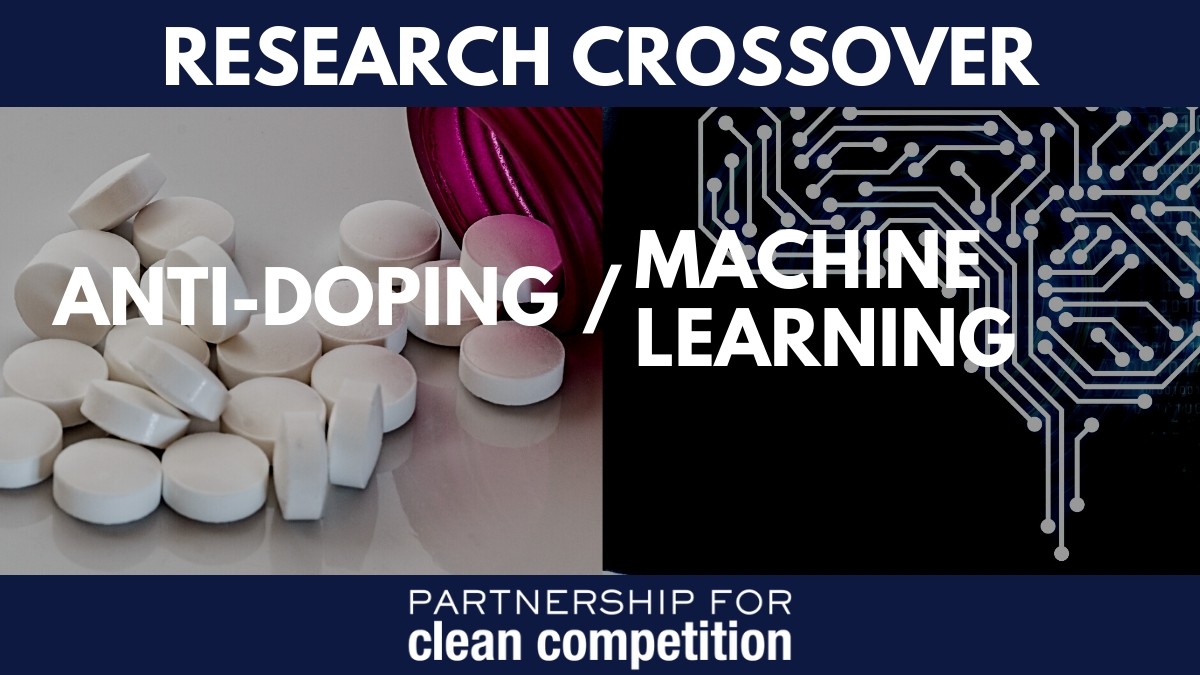The Partnership for Clean Competition funds more than 70% of the world’s anti-doping research, so when it comes to the field, we’ve seen almost everything. However, outside of anti-doping circles, many researchers don’t realize how broad the space truly is—and how their research may apply. We want to shine a light on the breadth of anti-doping work, so we’ve selected a number of areas with potentially surprising crossover.
If you know someone working in one of these realms, let them know there could be anti-doping research funding available for them.
The Role of AI
Anti-doping is a largely human field of study. The focus is on athletes and the choices they make about what to put in their bodies. With limited resources, anti-doping agencies must detect those choices and correctly identify drug cheats. Machine learning can help with this task in a number of ways.
The ultimate goal is to achieve both maximum detection and deterrence, so using AI and machine learning to better assess sport and individual athlete risk to more intelligently distribute tests within the elite athlete population is critical to maintain anti-doping program effectiveness.
To that end, machine learning can help point out athletes for testing based on performance. Athletes typically have less than 5% variance in their personal performances. Using machine learning, anti-doping authorities can identify athletes whose performance exceeds that variance, then test them to determine if doping could explain the variance.
These machine learning techniques can also be used to make the tests themselves even more accurate through interpretation and clustering. Each athlete’s body is different, and as such, so are the hormone levels and biomarkers that could indicate doping. These differences led to the development of the Athlete Biological Passport, which tracks an athlete’s individual levels, with the ultimate goal of identifying deviations that could point to doping. Machine learning can be used to read those athlete profiles efficiently, cluster results, and identify problematic variance.
Anti-doping requires a great deal of nuance, as the tiniest changes in hormone levels or biomarkers could indicate the use of banned substances. Limited resources create challenges in testing, but with machine learning, scientists can more effectively identify testing candidates and more precisely interpret the results of an athlete’s test.
If you’re interested in learning more about the anti-doping research we fund, consider reviewing our Research Priorities here.
If you’d like to apply for PCC funding, you can register for an account in the application center here. If you have any questions, feel free to email Michael Pearlmutter at mpearlmutter@cleancompetition.org.




